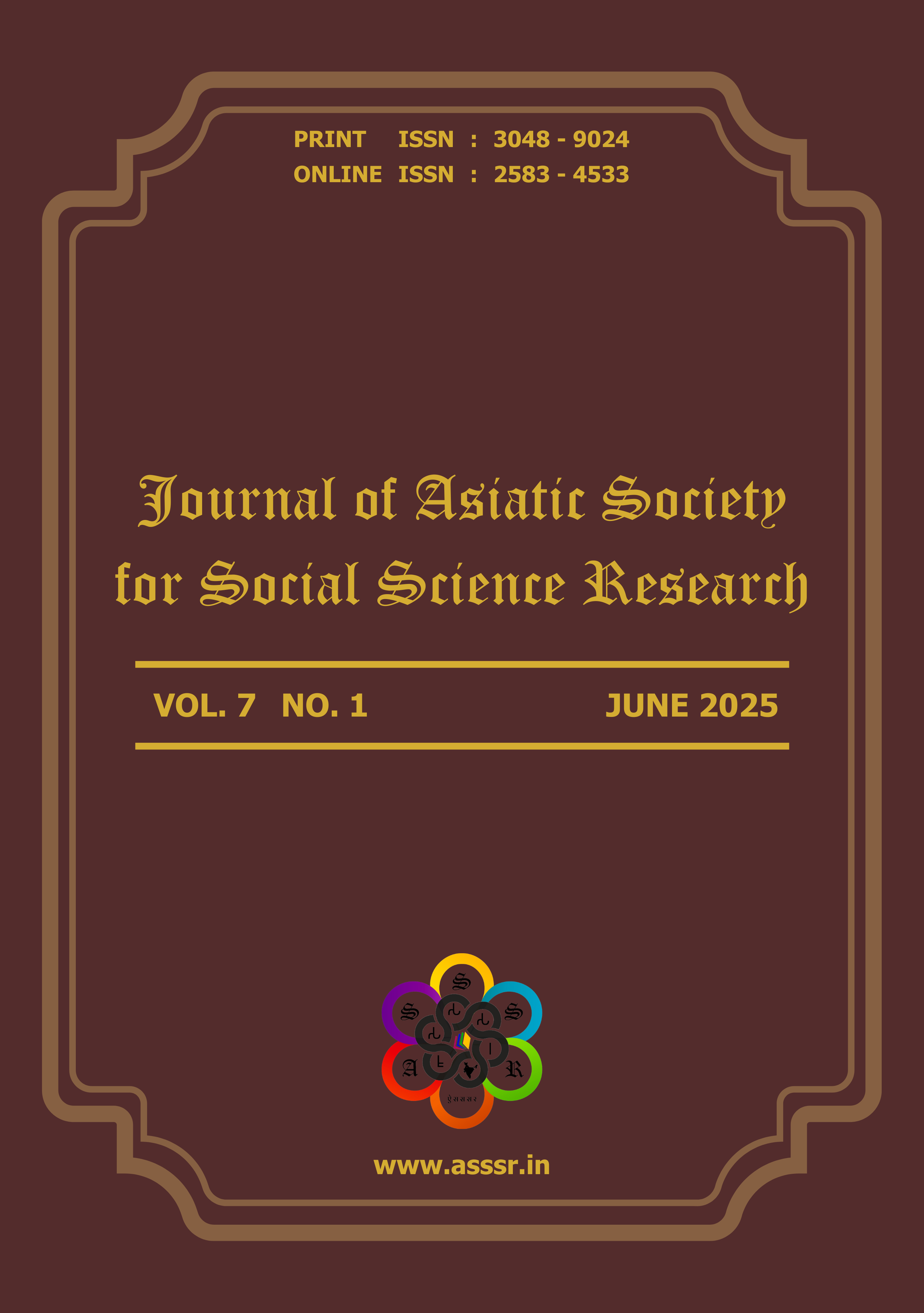The Rise of 'Soft Power' in Global Diplomacy
China's Approach vs. Western Models
Keywords:
Soft Power, Diplomacy, Western Models, Confucius, Belt and Road Initiative, AI-driven narratives, LegitimacyAbstract
In an increasingly multipolar world, soft power—the ability to shape preferences through attraction rather than coercion—has emerged as a critical tool in global diplomacy. Coined by Joseph Nye, soft power contrasts with hard power by leveraging culture, political values, and legitimate foreign policies to influence international perceptions. This paper examines the evolving role of soft power, comparing China’s state-driven strategy with traditional Western models, particularly those of the United States and the European Union. Historically, the U.S. dominated soft power through cultural exports like Hollywood and democratic ideals, but 21st-century challenges, including geopolitical shifts and declining trust, have opened space for new actors like China. This study aims to dissect these competing approaches, assessing their philosophies, tools, and global impact. The West has long relied on organic soft power, rooted in civil society and cultural appeal. The American model harnesses Hollywood, Silicon Valley, and public diplomacy initiatives like Fulbright scholarships, while the EU projects normative power through human rights advocacy and institutions like the British Council. Yet, inconsistencies in foreign policy and waning influence in the Global South expose vulnerabilities. In contrast, China’s soft power pivot, accelerated after the 2008 Olympics and amplified under Xi Jinping, emphasizes a state-coordinated narrative of harmony and development. Tools such as Confucius Institutes, the Belt and Road Initiative, and media like CGTN target regions like Africa and Southeast Asia with infrastructure-backed cultural outreach. However, China faces criticism for propaganda and a trust deficit in liberal democracies. This comparative analysis reveals divergent philosophies: Western soft power thrives on openness and grassroots influence, while China’s model is a strategic, top-down endeavor promoting developmental authoritarianism over liberal democracy. Effectiveness varies by region—China gains traction in Asia and Africa, while the West retains cultural dominance in Europe and the Americas. Case studies, such as backlash to Confucius Institutes versus U.S. cultural debates, highlight perception gaps, with survey data like the Soft Power 30 Index offering quantitative insights. Global events, including the Ukraine war and COVID-19 diplomacy, further shape these dynamics. China’s rise signals a fragmented, multipolar soft power landscape, where digital media and AI-driven narratives may localize or polarize influence. This paper argues that while coexistence is possible, authenticity and credibility remain paramount. Soft power is no longer a Western monopoly; its future hinges on adapting to a pluralistic world where competing values vie for legitimacy.
Additional Files
Published
How to Cite
Issue
Section
License
Copyright (c) 2025 Journal of Asiatic Society for Social Science Research

This work is licensed under a Creative Commons Attribution-NonCommercial-NoDerivatives 4.0 International License.
All right reserved.


